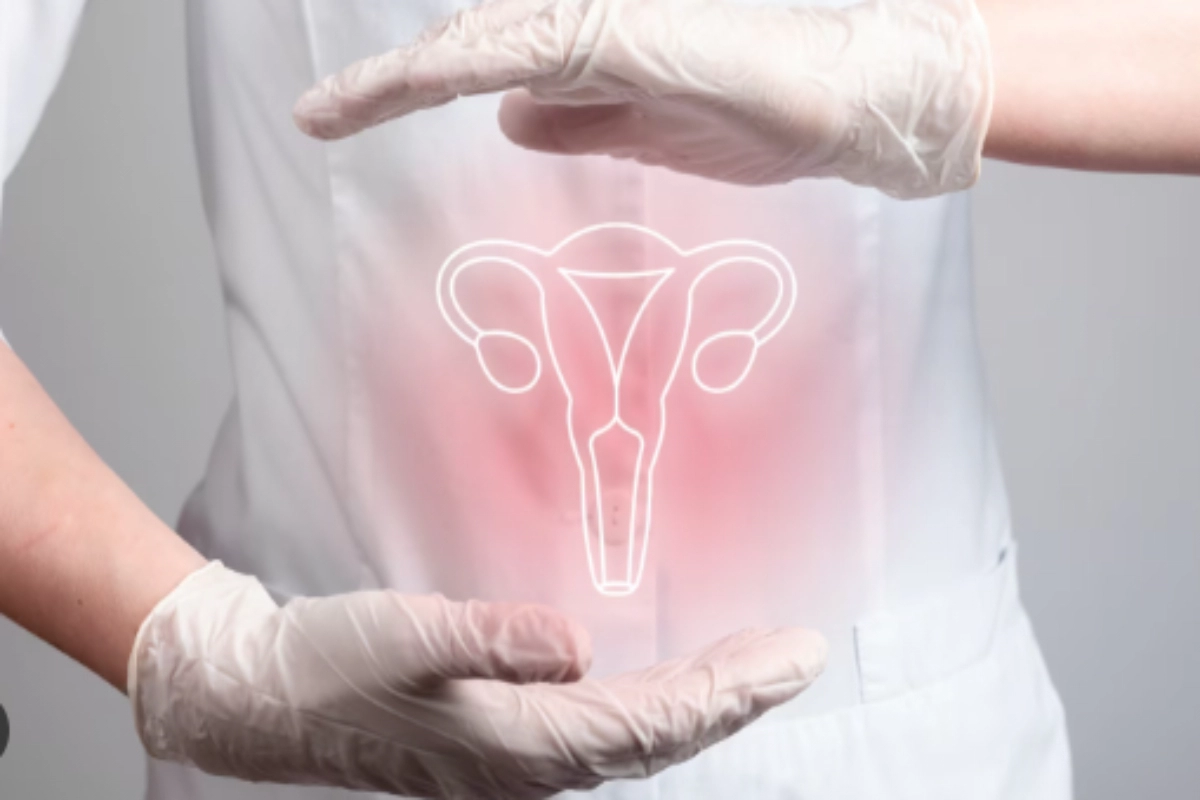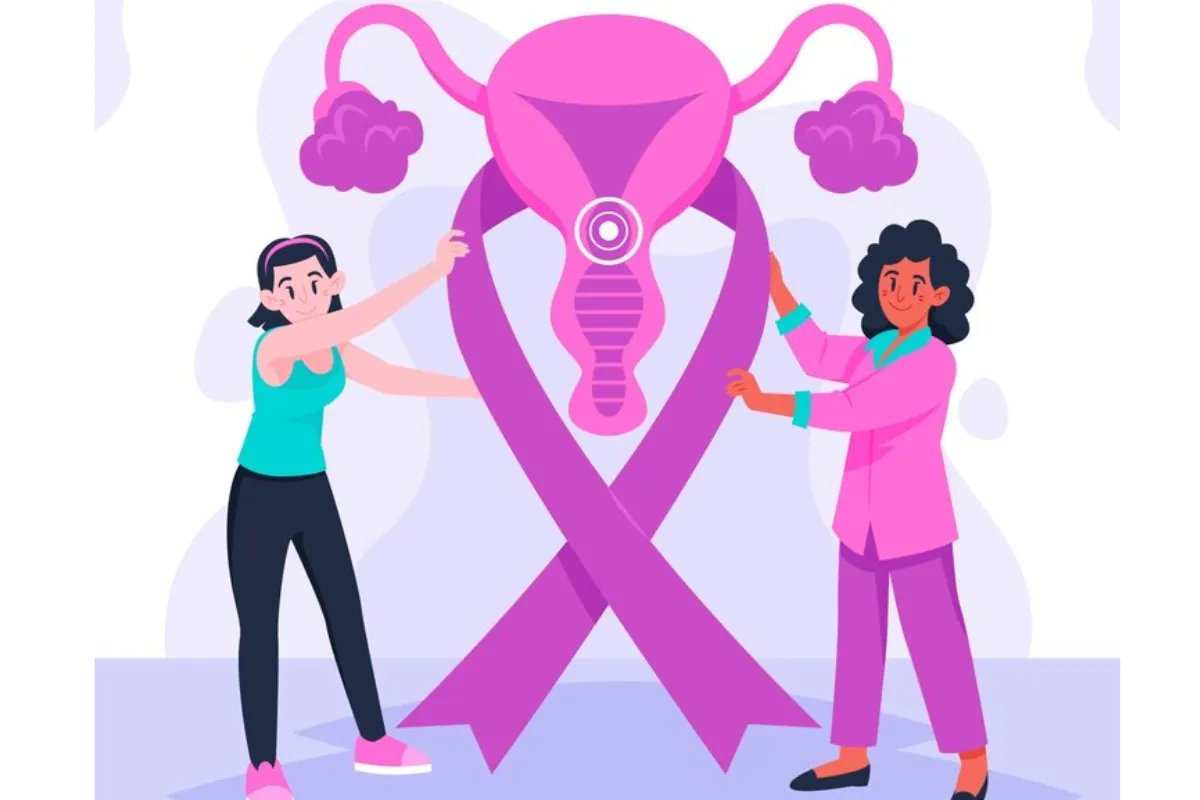Cervical cancer is a type of cancer that develops in the cells of the cervix. The cervix is the lower part of the uterus (womb) that connects to the vagina (birth canal). While it’s a serious condition, cervical cancer is highly preventable and treatable when detected early.
This article dives deep into understanding cervical cancer, covering its causes, symptoms, preventive measures, and treatment options.
What is Cervical Cancer and What Causes It?
The cervix is lined with two main types of cells: squamous cells on the outer surface (facing the vagina) and glandular cells on the inner surface (facing the uterus). Cervical cancer usually begins when abnormal changes occur in the squamous cells. These abnormal cells are called precancerous because they are not cancer yet, but they have the potential to become cancerous if left untreated.
The primary cause of cervical cancer is infection with certain types of human papillomavirus (HPV). HPV is a very common virus spread through skin-to-skin contact during sexual activity. There are over 100 different types of HPV, and while some cause warts, others can lead to cervical cancer.
Here’s a breakdown of how HPV causes cervical cancer:
- HPV Infection: During sexual contact, HPV can enter the body through tiny cuts or tears in the skin of the cervix.
- Precancerous Changes: The body’s immune system usually fights off the HPV infection. However, in some cases, certain high-risk HPV types can persist and cause abnormal changes in the cervical cells.
- Cancer Development: If left untreated, these precancerous cells can slowly turn into cancer over several years.
Is Cervical Cancer Serious?
Early detection of cervical cancer is crucial for successful treatment. When detected early, cervical cancer is highly treatable and has a very good prognosis. However, if left undiagnosed, cervical cancer can progress and spread to other parts of the body, becoming life-threatening.
The seriousness of cervical cancer is also influenced by the stage of diagnosis. Cervical cancer is staged based on the extent of cancer spread:
- Stage 1: Cancer is confined to the cervix.
- Stage 2: Cancer has spread beyond the cervix but not to the pelvic wall or distant lymph nodes.
- Stage 3: Cancer has spread to the pelvic wall and/or lymph nodes near the cervix.
- Stage 4: Cancer has spread to distant organs like the lungs, liver, or bones.
Symptoms of Cervical Cancer
Early cervical cancer often doesn’t cause any noticeable symptoms. In some cases, the following symptoms may occur as the cancer progresses:
- Abnormal vaginal bleeding, such as bleeding after menopause, bleeding between periods, or heavier periods
- Vaginal discharge that is bloody, has an unpleasant odor, or is watery
- Pelvic pain during intercourse
- Pain in the lower back, legs, or pelvis
Changes to Make in Your Lifestyle to Reduce Cervical Cancer Risk
The good news is that there are steps you can take to reduce your risk of cervical cancer:
- HPV Vaccination: Vaccination against HPV is the single most effective way to prevent cervical cancer. The HPV vaccine is recommended for both girls and boys at the ages of 11 or 12. Vaccination can also be given up to age 26 for those not previously vaccinated.
- Regular Pap Smears: A Pap smear is a screening test that can detect precancerous cells in the cervix. These cells can then be treated before they turn into cancer. The recommended schedule for Pap smears may vary depending on your age and risk factors. Discuss with your doctor how often you should have a Pap smear.
- Maintaining a Healthy Lifestyle:
- Healthy Relationships: Limit the number of sexual partners and practice safe sex using condoms.
- Smoking Cessation: Smoking weakens the immune system and can increase the risk of cervical cancer. Quitting smoking is crucial for overall health and reducing cancer risk.
- Healthy Diet: Eating a balanced diet rich in fruits, vegetables, and whole grains may help reduce the risk of cervical cancer.
Can Cervical Cancer Be Cured?
The success rate of cervical cancer treatment depends largely on the stage of diagnosis. When detected early, cervical cancer is highly curable. Here are some common treatment options:
- Surgery: Surgery is often the primary treatment for cervical cancer, especially in early stages. The type of surgery will depend on the extent of cancer spread.
- Radiation Therapy: Radiation therapy uses high-energy rays to kill cancer cells. It may be used alone or in combination with surgery.
- Chemotherapy: Chemotherapy uses powerful drugs to kill cancer cells throughout the body. It may be used before, during (concurrent chemoradiation), or after radiation therapy to improve treatment outcomes.
- Targeted Therapy: Targeted therapy drugs focus on specific weaknesses in cancer cells, helping to destroy them with fewer side effects than traditional chemotherapy. This is a developing area of treatment for cervical cancer.
- Immunotherapy: Immunotherapy helps the body’s immune system recognize and fight cancer cells. While still under investigation for cervical cancer, immunotherapy may offer future treatment possibilities.
Coping with Cervical Cancer Diagnosis and Treatment
A diagnosis of cervical cancer can be overwhelming, but remember you’re not alone. Here are some tips for coping:
- Seek Support: Talk to your doctor, counselor, or support groups for people with cancer. Sharing your feelings and experiences with others who understand can be incredibly helpful.
- Learn About Your Treatment Options: Educate yourself about the different treatment options available and their potential side effects. Discuss all concerns with your doctor to make informed decisions about your care.
- Maintain a Healthy Lifestyle: Focus on healthy eating, regular exercise, and getting enough sleep. These practices can help you cope with the physical and emotional demands of treatment.
- Take Care of Your Mental Wellbeing: Prioritize mental health by practicing relaxation techniques like meditation or yoga. Don’t hesitate to seek professional help if you’re struggling with anxiety, depression, or other emotional challenges.
Living After Cervical Cancer Treatment
Following successful treatment, regular follow-up appointments with your doctor are crucial. These appointments allow your doctor to monitor for any signs of recurrence and address any lingering side effects.
Here are some additional points to consider after treatment:
- Sexual Health: Cervical cancer treatment can sometimes affect sexual function. Talk to your doctor about any concerns you may have and explore options to improve your sexual health.
- Fertility: Certain treatments for cervical cancer can impact fertility. Discuss your fertility concerns with your doctor before treatment begins. There may be options to preserve your fertility, such as egg freezing.
- Long-Term Effects: Some treatments, like radiation therapy, can have long-term side effects. Be aware of potential side effects and discuss management strategies with your doctor.
Cervical cancer is a preventable and treatable disease when detected early. Regular Pap smears and HPV vaccination are the cornerstones of cervical cancer prevention. If you experience any abnormal symptoms, don’t hesitate to consult your doctor for prompt evaluation. Early diagnosis and treatment significantly improve the chances of a successful outcome.
Disclaimer: This material, including advice, provides general information only. It is in no way a substitute for a qualified medical opinion. Take the methods, and claims mentioned in this article as suggestions only; DNP India does not confirm or refute them. Consult a doctor before implementing any such suggestions/ treatment/medicine/diet.










